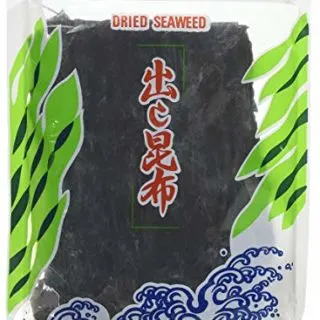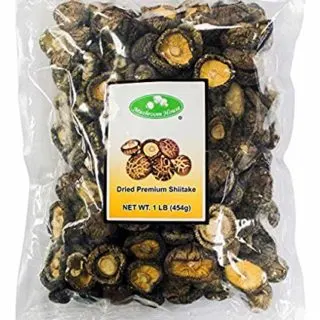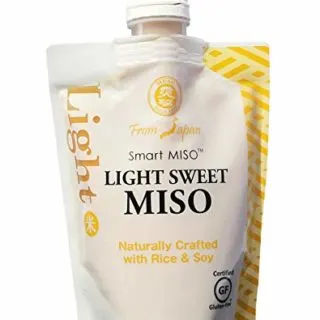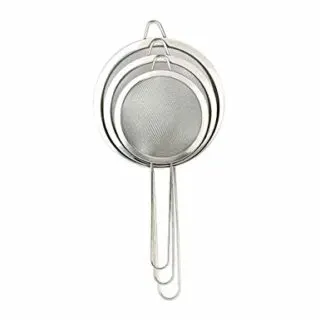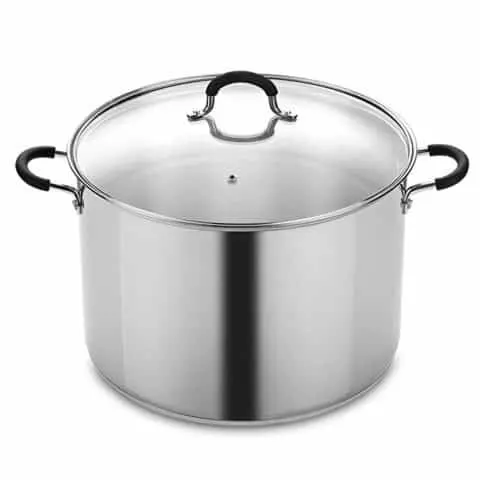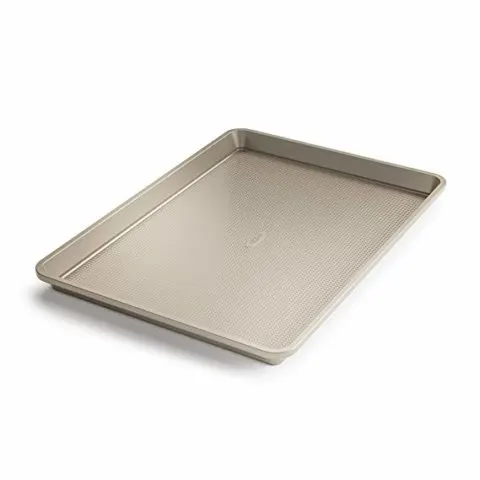Broth vs. stock
Making broth is one of the essential fundamentals to home cooking. It is actually easy and a skill you will want to master. It’s great for not only making great food but a wonderful way to use up the vegetables and bits that are leftover from other recipes.
In 1974, James Beard wrote emphatically that stock, broth, and bouillon “are all the same thing” (1).

I have consulted a lot of books, web pages and YouTube videos. There is not a 100% consensus on the differences between a broth and a stock. Having said that, most agree that stock is primarily made with bones. Most sources also agree that stocks either have no additional seasonings, such as salt, pepper, mirepoix or very little compared to broth. Also, a lot of these sources claim that broths can have bones.
Stock is very gelatinous when cooled. This is due to the collagen that is leached from the bones. The collagen imparts a silky texture on the tongue and is a desirable characteristic of stock.
For simplicity’s sake, I will be referring to all as a ‘broth’. I’m on team James Beard.
Finally, a definition of broth (2): Merriam Webster
- liquid in which meat, fish, cereal grains, or vegetables have been cooked : STOCK
- a fluid culture medium
bone broth
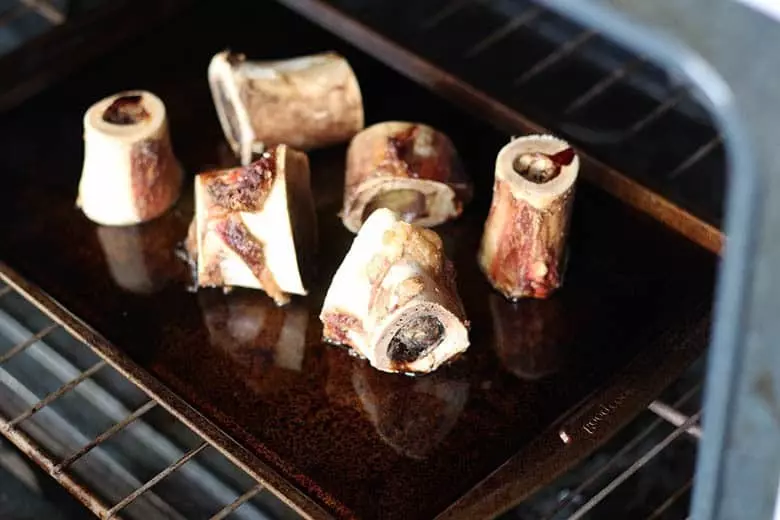
What is bone broth? Bone broth is bones boiled in water then strained. That’s it. You can make a bone broth out of just about any animal that has bones.
The bones have marrow and collagen that makes the broth richer, silkier in texture when used in a soup and usually have a deeper flavor. Scum will form as you simmer the bones, simply skim the scum with a fine mesh strainer. The products I recommend are at the bottom of this post.
My favorite technique for how to make bone broth is to roast the bones first. Place your bones on a sheet pan and roast for 40 minutes at 400F.
If you are adding vegetables such as onion, celery, carrots (also known as mirepoix), you may add them to the roasting pan for a deeper flavor. If you want a lighter flavor and light color broth, don’t roast the bones and vegetables.
Then take the roasted bits and add them to a stock pot. Cove with water by 1-2 inches and simmer from 1-3 hours. Skim off impurities and strain.
See flavor enhancers below for ideas on building wonderful flavors with any broth you make.
Which bones to use?
- Duck and chicken bone broth – wings, spine, neck, thighs.
- Beef, ox and pork bone broth – shins, knuckles, hocks, ribs, tails
- Lamb bone broth – any of the bones you can find
beef broth
Every beef broth reference includes using the bones. For the purposes of this blog, beef broth is made in the same manner as bone broth above. You will add salt, pepper and make your beef broth with the mirepoix. I recommend roasting the bones and vegetables first. Strain the broth.
Beef broth is great for making any beef stew or for making a rich beef gravy or sauce.
chicken broth
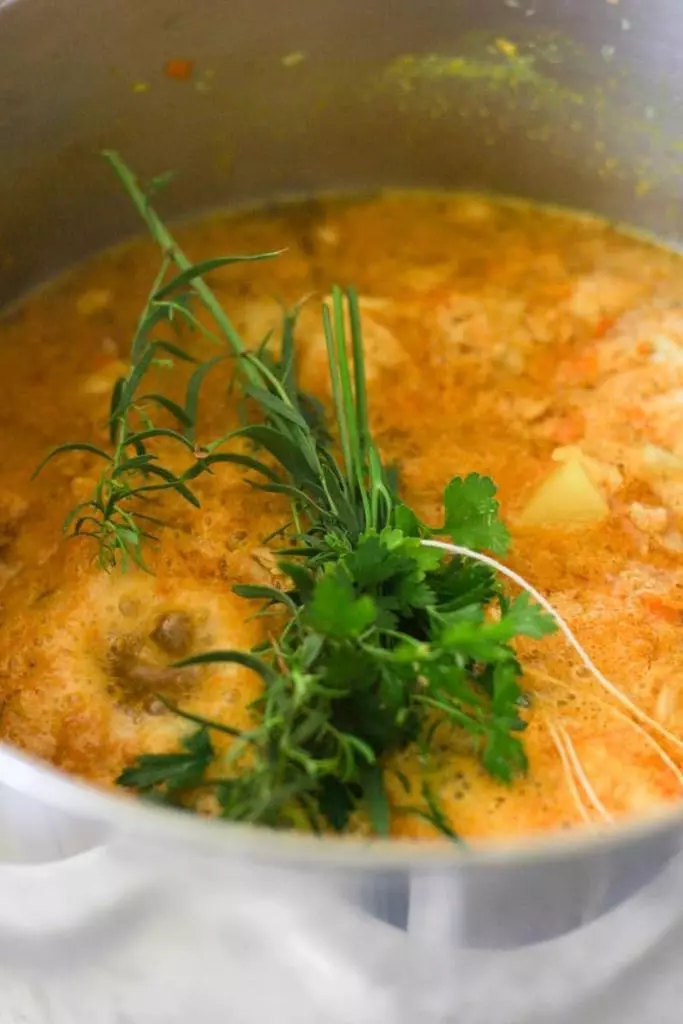
How to make chicken broth? The same as beef broth except you are using chicken bones instead of beef bones.
If you are making a lighter soup such as chicken noodle soup, egg drop soup or matzo ball soup, don’t roast the bones or vegetables. This will keep the flavor and color light.
How long to boil chicken? Thirty minutes is plenty of time. We are actually going to simmer chicken so that the impurities will rise to the top for us to skim off. If we boil chicken, the impurities won’t stay at the top.
The difference between boiling and simmering is the amount of vigor of the bubbles. The temperature of boiling and simmering water at sea level is 212F. In case you didn’t know how to simmer, it is just having your liquid barely move . Boiling is a very vigorous bubbling of the broth.
Strain the broth.
vegetable broth
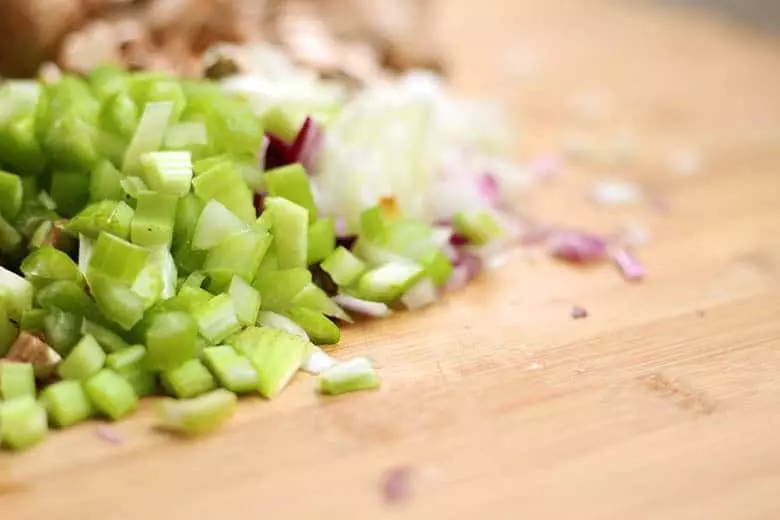
How to make vegetable broth? Roast your vegetables for 40 minutes at 400F. Add vegetables to a stock pot and cover with water by about 1-2 inches. Add any flavor enhancers of choice below. Be sure to add salt to taste. Simmer for 30 minutes with lid off.
Strain the broth.
seafood broth
There are a few choices for making seafood broth. You can roast shrimp shells at 350F for 10 minutes. Then add to a stock pot as usual with your aromatics and salt. Simmer for 40 minutes. Skim off any impurities from the top.
Strain the broth.
My favorite seafood broth hack is to use bottled clam juice, dried mushrooms and Kombu (a type of seaweed). I keep bottled clam juice, Kombu and dried mushrooms in my pantry at all times. That way I can make a convenient seafood broth whenever I want. Just simmer water, clam juice, Kombu, mushrooms, salt for 30 minutes. Very easy.
Other seafood broth hacks include using bonito flakes or dried anchovies. I like to remove the heads of the anchovies. The eyes can leave a bitterness to your broth.
vegan broth
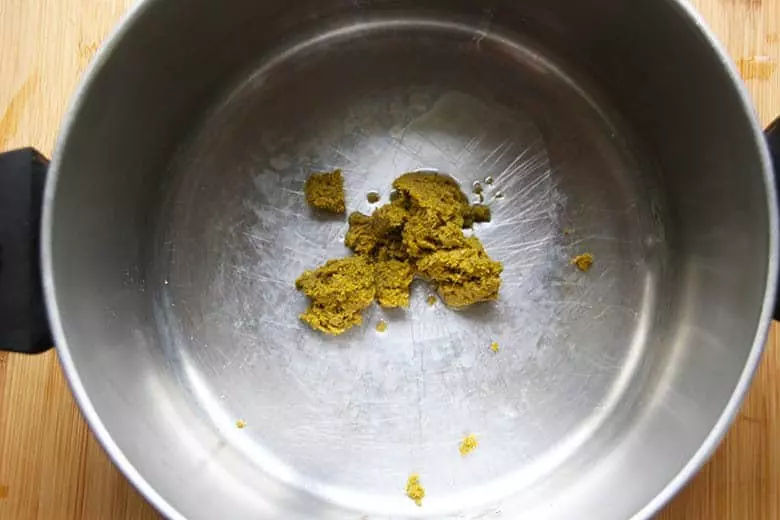
A rich and flavorful vegan broth is very easy to make. In your stock pot add roasted vegetables, Kombu, dried mushrooms and miso. Cover with water by 1-2 inches. Simmer for 30–45 minutes.
Strain the broth.
Flavor enhancers for your broth
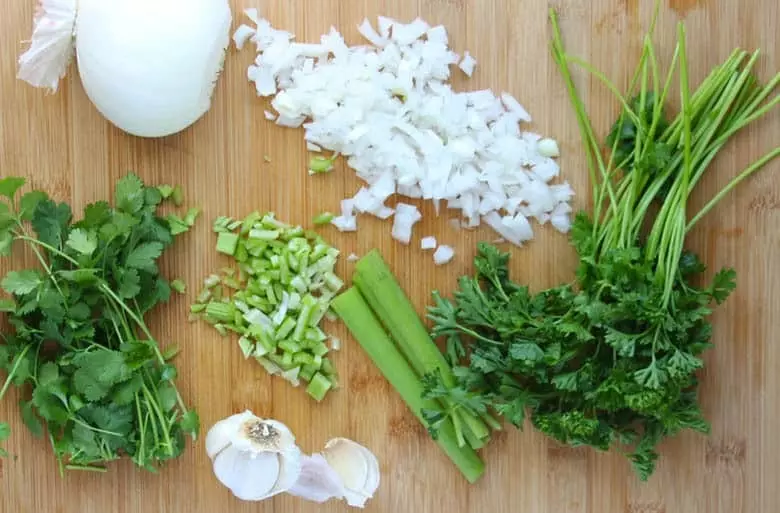
Vegetables
- Mirepoix (France) – 2 parts onion, 1 part carrot, 1 part celery
- Holy Trinity (Louisiana) – equal parts onion, celery, bell pepper
- parsnip
- bell peppers
- cabbage (Bok Choy, Chinese or any type. Use a small amount)
- leeks
- scallions
- shallots
Aromatics
- herbs – dill, thyme, sage, oregano, tarragon, chives
- garlic
- ginger
- smoked paprika – just a wee bit
- apple cider vinegar
- miso
- soy sauce
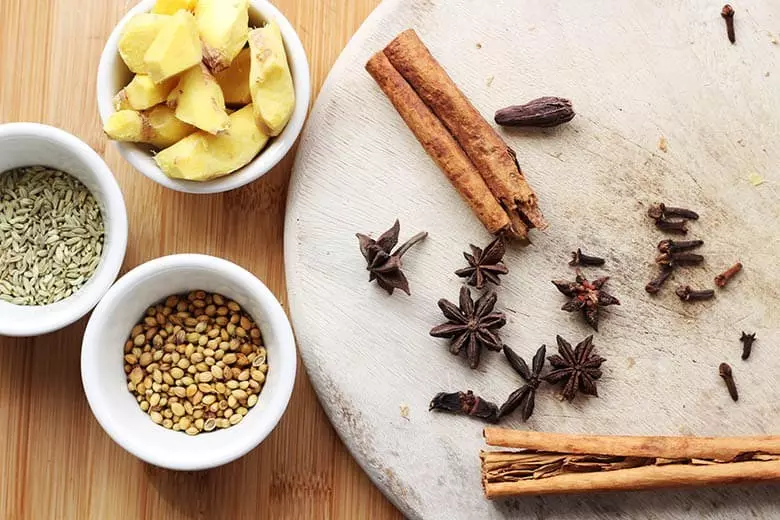
How to make gravy from broth?
First make a roux, then add the broth slowly while whisking. Simmer until you have the thickness you desire. If it’s too thick, no problem, just add more broth. Check for seasoning, you may need to add salt and/or pepper.
Tips on when to use store bought vs. homemade
STORE BOUGHT:
Good to use anytime when you are in a hurry. It is also best for any dish where the broth is not one of the main components of a dish. Examples include creamy soups or spicy soups.
Store bought broth is also good if you are making gravy.
HOMEMADE:
You really want to make homemade broth when the broth is one of the key components of a dish. Examples include light soups like egg drop, chicken noodle and Pho, a Vietnamese soup.
Tonkotsu and Shoyu Ramen also need a homemade broth.
How to Store Broth
Broth can be stored in the fridge for up to a week or in the freezer for up to a year.
I like to freeze broth in freezer bags. Only fill half way, expel all air, seal. Now lay flat on a cookie sheet and place in freezer. The bags will freeze flat and you can stack them later.
In the fridge, I store broth in a canning jar.
I hope this article was helpful and clarified some of the confusion surrounding broths and stocks. Don’t let the little details derail you. Just make a good broth, or stock, when you need to and use store bought when you can.
You also may be interested in my How to Make Soup article and my collection of 35 Soup Recipes. Also, for a Japanese seafood style broth, check out the How to Make Dashi article.
Bon Appetit!
Did you make this recipe? Don’t forget to rate the recipe and comment below! Take a picture and tag us @FusionCraftiness #FusionCraftiness on Instagram for a chance to be featured in our Insta Stories:)
resources
Recommended Products for Making Broth
Here are the various tools and ingredients I use to make broth in my own kitchen.
Wel-pac Dashi Kombu Dried Seaweed (Pack 1)
Dried seaweed you can keep in your pantry to make seafood or vegan broth when you need to.
Mushroom House Dried Shiitake Mushrooms, 1 Pound
Dried mushrooms you can keep in your pantry to conveniently make broth when you want.
Muso From Japan Smart Miso, Light Sweet, 5.2 oz
A convenient small-ish pack of miso. If you are like me, I don't go through a lot of miso so this is very convenient. Perfect for any broth but especially important for vegan broth to impart umami.
Dried Anchovies 3 Oz. Product of Japan. Healthy and Delicious
Great for seafood broth. It keeps very well in the freezer.
Stainless Steel Handheld Oil Spoon Oil Grid, Kitchen Spider Strainer Professional Wire Skimmer with Spiral Mesh, Colander Sieve Sifters with Long Handle for Kitchen Food, 3 Sizes
This essential kitchen tool is used to skim off impurities while making broth. It also does triple duty by straining tea leaves and other small straining needs.
Cook N Home NC-00335 Stainless Steel Saucepot with Lid 20-Quart Stockpot, Qt, Silver
This is a great all-purpose stock pot. Perfect for making broth, soups, stews and even canning.
OXO Good Grips Non-Stick Pro Half Sheet 13 x 18 Inch
This esential kitchen tool is used for roasting bones and vegetables for making broth. It also good for making cookies or roasting anything that will fit.
AmazonBasics Silicone Baking Mat Sheet, Set of 2
These silicone mats make clean up easy. I use these all of the time whenever I use my baking sheets.

